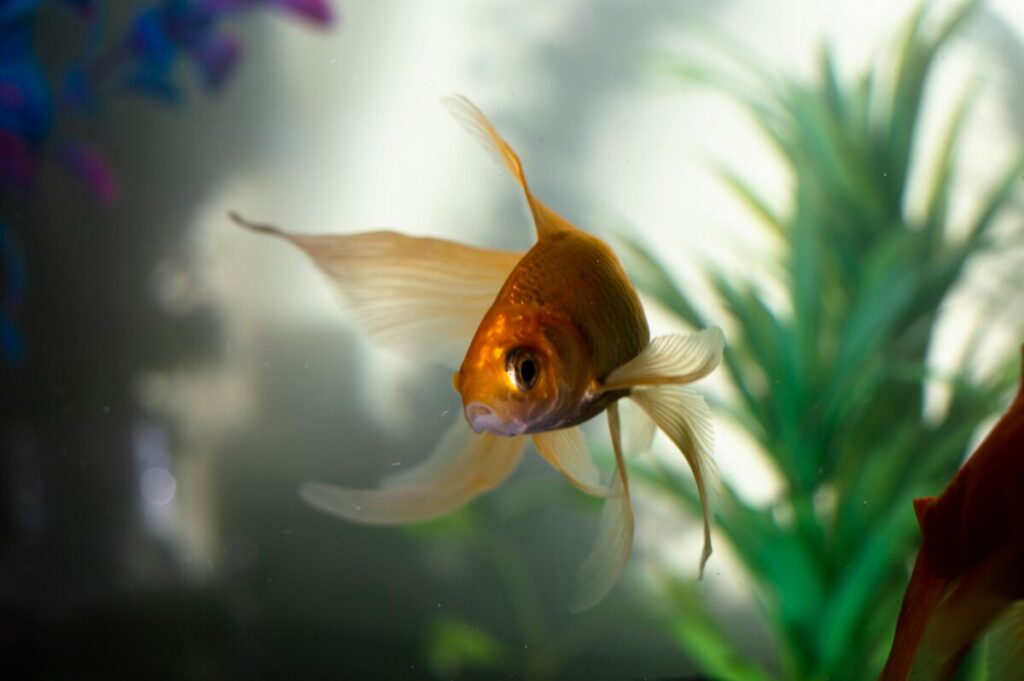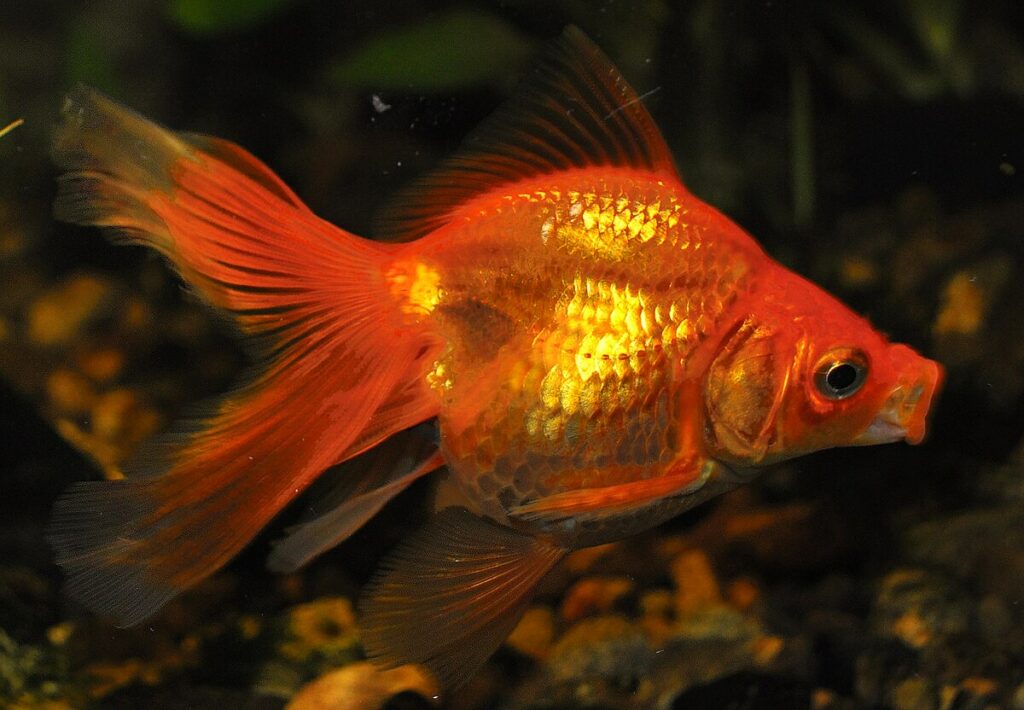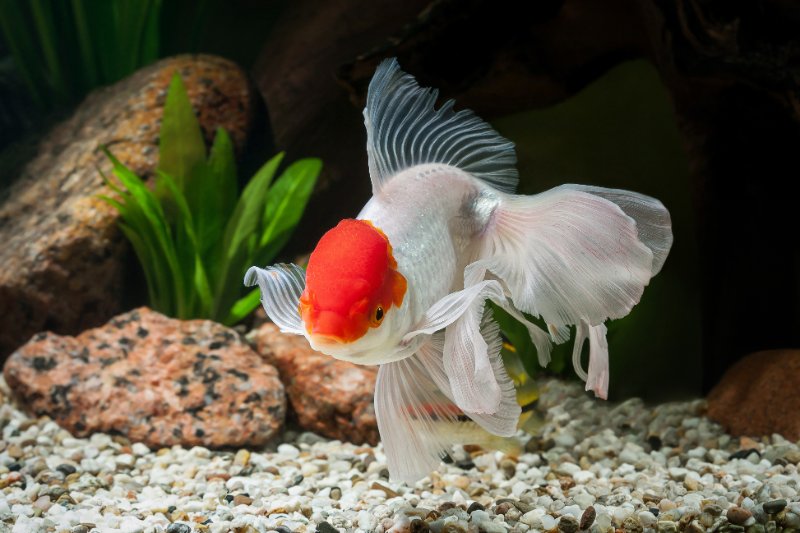Discovering an illness in your goldfish is a distressing event, often with little warning. Goldfish, although hardy, are also one of the more delicate animals to care for. Their mysterious nature with a touch of unpredictability makes it crucial for any owners to understand and preempt common goldfish illnesses. Bacterial or fungal infestations in unfiltered bowls can lead to various ailments, therefore a clean, hygienic living environment plays an indispensable role in goldfish health. Certainly, when it comes to spotting and dealing with such diseases, forewarned is forearmed.
Ich: A Common Goldfish Illness

Ich, a single-celled organism, is a parasite that can cause significant damage within a short time frame. This illness is an unwelcome surprise in any tank and requires immediate and aggressive treatment to ensure the survival of your pet.
Recognising Ich

Identifying any hint of Ich is pivotal for your goldfish’s wellbeing. A sugary speckling on certain areas of your fish, particularly the fins, can indicate the arrival of Ich. Post detection, swift action can prevent further spread.
Tail Rot: A Distressing Goldfish Illness

Tail Rot is another troublesome condition that could afflict your fish. Crucial to diagnosing this illness is distinguishing between bacterial infection and bites from other aquatic cohabitants. Expert advice can be beneficial in administering the correct treatment.
One More to Keep an Eye on: Black Spot Disease

Black Spot Disease could be another stumbling block in your goldfish’s health journey. This disease, caused primarily by an overabundance of ammonia or a bacterial infestation, can lead to extreme discomfort and potential death if unaddressed.
- Watch closely for a sudden appearance of spots on your fish’s body.
- If you observe any deviations from the norm, initiate a comprehensive water treatment immediately.
- In severe cases demanding a tank replacement, disinfecting and sterilizing all accessories become a prerequisite before introducing fresh fish.
Keeping a detailed eye on your fish can help you detect and treat these illnesses at the earliest, safeguarding your pet and ensuring a joyful aquatic cohabitation.